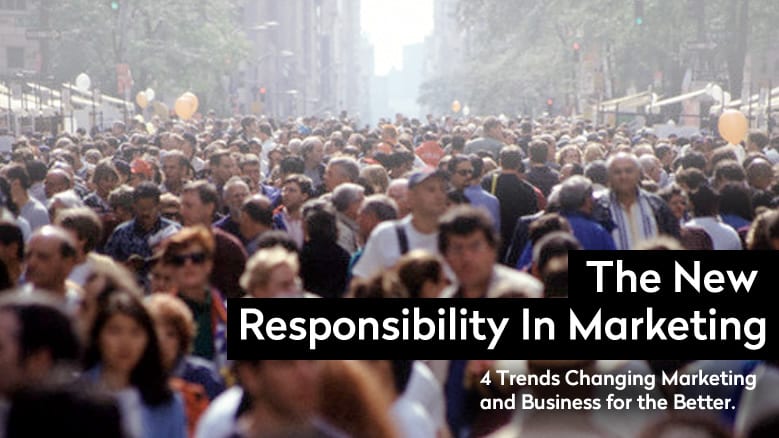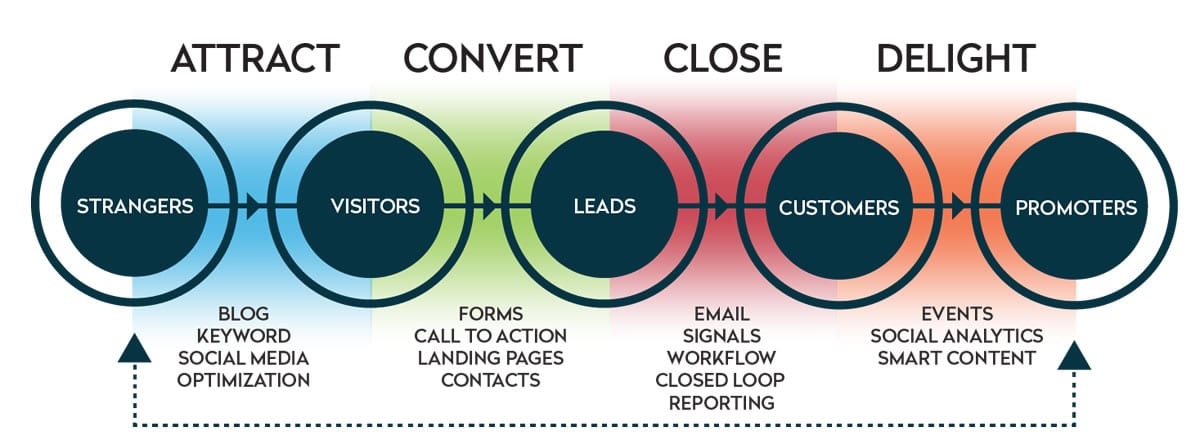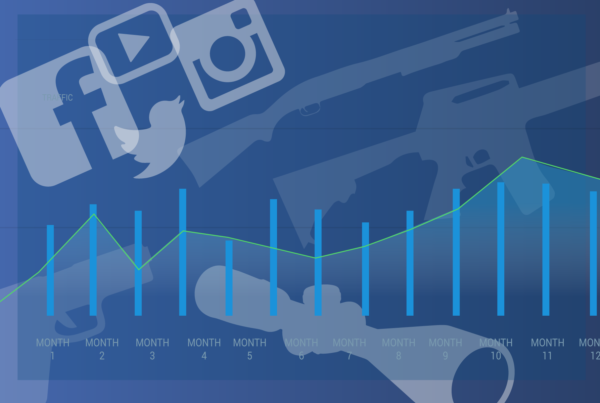
Marketing is changing for the better. People are fed up with empty promises, bad customer service and products that are unhealthy and hard to buy.
There’s a new responsibility in marketing. It’s about helping your customers at an individual level, solving their problems for little to no cost; and then serving those customers with polite, happy, helpful people. These new emerging imperatives are fueling some of today’s most successful companies, and setting consumer expectations for decades to come.
In this article, I discuss 4 major trends influencing today’s consumer behavior and the companies and thought leaders who are out in front of them.
Say buh-bye to old school marketing which suffocates people with the same old promises and mass messaging. Sayonara to the generic term of “consumer” that has given way to the new term “people.” Adios to the days where you could just hire someone on a whim to fill a position—regardless of whether they were the right person or not. Gone are the days when no one understood the word “brand,” let alone the process of “branding.”
We are living in a time of increased deception and broken promises. We feel it and see it in the world around us. Our world is becoming more dangerous and we have no time for false promises and slick advertising. From our leaders and politicians, to the news media and brands we rely on to help us survive—things have definitely changed in the way we perceive our world.
The following statistics show that, for the most part, the days of deceptive, beguiling practices have ended.
- Only 39% of Americans said the economy is getting better while 56% said it is getting worse (Gallup)
- Only 27% of likely U.S. voters think the country is heading in the right direction (Rassmusen)
- Young adults under 35 are saving a whole lot more lately (WSJ)
- 76% of respondents said ads in general were either “very exaggerated” or “somewhat exaggerated” (Forbes)
- The vast majority think that all cleaning and weight loss ads are photoshopped (Forbes)
- Presidential approval rating: 41% (Gallup)
- Congress approval rating: 15% (Gallup)
- U.S. Distrust in Media Hits New High (Gallup)
- Only 2% of cold calls end up in an appointment (Hubspot)
- 223 Million people subscribing to the FTC “Do Not Call List” (Today)
- 86% of people skip television commercials (The Guardian)
- 44% of direct mail is never opened (Mashable)
All people struggle to find truth; and as the above statistics show—we rarely ever get it. But when we see something that appears to be authentic and truthful, it shines like a beacon in the myriad of untruths.
If the promise is broken and we get burned, however, we turn against the offender publicly by letting our 500+ friends on Facebook know how we feel. (Source: Marketing Charts)
Years of broken promises, intrusiveness, bad customer service and outright lies have finally resulted in this shift in consumer behavior.
Consumer mass marketing is no longer effective. Companies must begin to care about people as individuals.
 Trend #1: The Thank You Economy
Trend #1: The Thank You Economy
In his book, The Thank You Economy, Gary Vaynerchuk reveals how companies big and small can scale personal, one-on-one attention to their entire customer base, no matter how large, using the same social media platforms that carry consumer word of mouth. The Thank You Economy offers compelling, data-driven evidence which indicates that we have entered into an entirely new business era. The companies that see the biggest returns won’t be the ones that can throw the most money at an advertising campaign, but those that can prove they care about their customers more than anyone else. (Source: Amazon)
Trend #2: Make products which are good for people and provide them conveniently
Josh Tetrick, CEO of Hampton Creek, who‘s mission is about bringing healthier and more affordable food to everyone, everywhere states, “It turns out that when you create a path that makes it easy (and even profitable) for good people to do good things — they will do it. Give people an affordable and convenient path to do the right thing — and they will. Almost every single time. Make the path to do the right thing expensive and inconvenient — and they won’t.” (Huffington Post)
The other day I flew from my home in Indianapolis to my hometown of Denver. Driving up into Boulder you begin to notice a lot more options to eat healthy. I chose to drop in on one of my favorite places—Jamba Juice—for a smoothie. Delicious, convenient, good customer service, healthy and at a great price. Not only did it cure my hunger, but I felt better about myself after I consumed it.
Contrast this with a town like Indianapolis where there is a Steak n’ Shake or some other fast food joint on every corner. Convenience can outweigh doing what’s right for our bodies.
When given the opportunity, people are more likely to make good choices. Brands that provide products and services which are good for you, affordable and convenient to get are changing the marketing and business landscape.
Trend #3: The Rise of Inbound Marketing
Inbound marketing is a process which attracts people to your product or service by providing the answers to people’s problems. By providing a variety of content like video, DIY blogs, ebooks and whitepapers, brands help solve their customers’ problems, which in turn creates trust and a relationship over time. This methodology has been so successful that over 60% of companies have now implemented inbound marketing as part of their overall strategy. (Source: HubSpot). Inbound marketing holds off on the sales pitch used by traditional methods like cold calling, print, online ads and television commercials. It emphasizes the customer more and the sale less. This helps companies create trust and help their customers more effectively. Many companies are moving towards the inbound methodology and as a result (thanks to Brian Halligan and Dharmesh Shah, founders of Hubspot) marketing is changing for the better. Change is good for the customer, and for the marketer that must quantify ROI.
Trend #4: Your People Are Your Brand
With the urgent need to attract and hire the best talent into your organization, brands must realize that their people impact their brand’s performance as much or more than any other factor.
Zappos is a prime example. Zappos hiring processes and their “we’ll pay you to quit” policy forces Zappos to hire the right people. Their focus on hiring for brand-first is changing the way companies keep their brand promises. (Source: Fast Company)
Russ Minary, Founder of Brand+People™ states, “Your people are the key differentiator in a marketplace full of identical competitors.” There are very few truly unique products or services in the marketplace. So your people will make all the difference in creating your brand perception. Companies that have a strong employer and corporate brand will attract top talent, establish a positive reputation, achieve increased profitability, maximize their brand perception, reduce turnover costs and retain more high-performing employees, which results in happier, more loyal customers.
Let’s be clear: this is not a message to just make us feel all warm and fuzzy. Those who watch the budgets are getting very interested, too. In today’s new responsibility marketplace, the company with the top talent and happiest employees will see the impact on its bottom line.
In her book; Make More Money By Making Your Employees Happy, Dr. Nelson cites a study from the Jackson Organization (a survey research consultancy acquired by Healthstream, Inc.), which shows, “companies that effectively appreciate employee value enjoy a return on equity & assets more than triple that experienced by firms that don’t. When looking at Fortune’s ‘100 Best Companies to Work For’ stock prices rose an average of 14% per year from 1998-2005, compared to 6% for the overall market.” (Source: Forbes)
Some CEO and CMO tenures are increasing because savvier companies are using inbound marketing and the tactics listed above to make marketing better. (Source: WSJ)
Customers will never love a company until the employees love it first. – Simon Sinek
The foundational principles of the new responsibility in marketing are providing personal, one-on-one attention; solving your customer problems; and delivering your brand with good people. This is the critical combination to marketing success in today’s marketplace.
Marketers who see these trends and take action will fare well in their efforts to get results. We need better, healthier and more helpful marketing. With a little patience and thought we can change marketing—and perhaps the world.
I’d be interested to hear your thoughts on how marketing is changing for the better. Please post your comments below.







